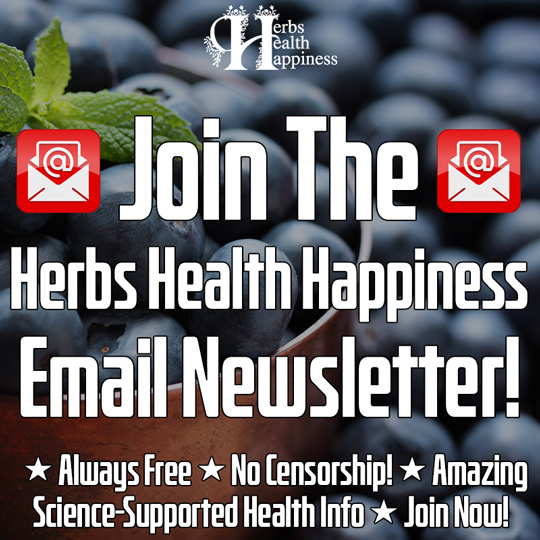10 (Very) Strange Home Remedies That Really Work
Image – NatureHacks.com 2. Toothpaste For Insect Bites: Try dabbing a small amount of toothpaste on an insect bite to relieve the sting and itch. It’s quite likely that the benefit in this case is brought about by the peppermint …


